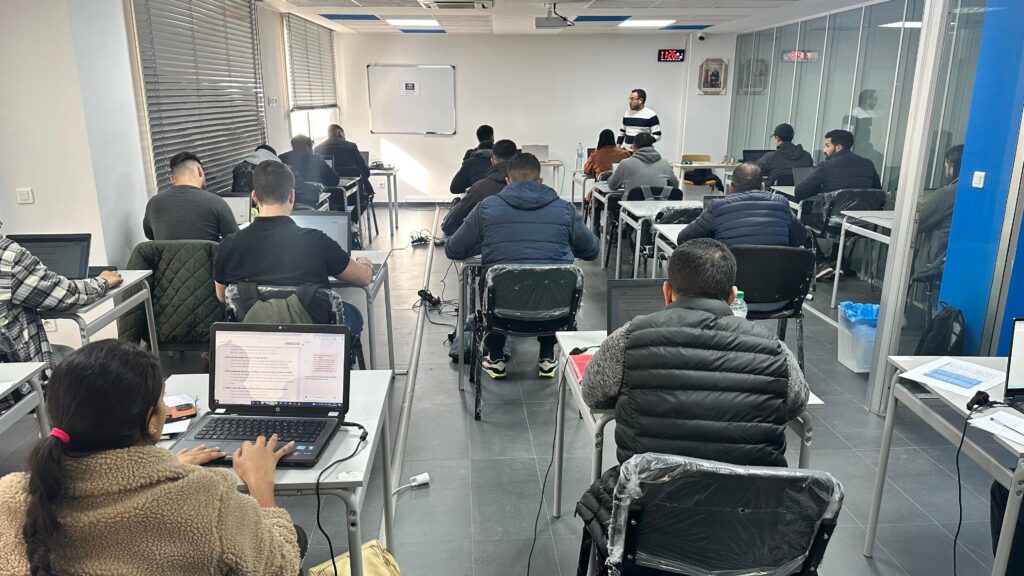EASA Part 66 exams
Part-66 licenses are categorized into different sections based on the type of aircraft maintenance work. The primary categories include:
- B1 (Aircraft Maintenance Mechanics): Focused on the maintenance of aircraft structures, engines, and mechanical systems.
- B2 (Avionics Technicians): Specializes in the maintenance of avionics systems, including electrical, instrument, and navigation systems.
- A (Line Maintenance Certifying Mechanic): Conducts minor scheduled line maintenance and simple defect rectification.
- C (Base Maintenance Certifying Engineer): Authorized to release aircraft to service after base maintenance.
Modules and Exams:
The exams are divided into modules that cover various subjects according to the license category. The modules include:
- Module 1: Mathematics
- Module 2: Physics
- Module 3: Electrical Fundamentals
- Module 4: Electronic Fundamentals
- Module 5: Digital Techniques/Electronic Instrument Systems
- Module 6: Materials and Hardware
- Module 7: Maintenance Practices
- Module 8: Basic Aerodynamics
- Module 9: Human Factors
- Module 10: Aviation Legislation
- Module 11: Aeroplane Aerodynamics, Structures, and Systems (for B1 category)
- Module 12: Helicopter Aerodynamics, Structures, and Systems (for B1.3/B1.4 categories)
- Module 13: Aircraft Aerodynamics, Structures, and Systems (for B2 category)
- Module 14: Propulsion (for B2 category)
- Module 15: Gas Turbine Engine (for B1.1/B1.3 categories)
- Module 16: Piston Engine (for B1.2/B1.4 categories)
- Module 17: Propeller (for B1.1/B1.2/B1.3 categories)
The exams are a mix of multiple-choice questions and essay questions, testing both theoretical knowledge and practical understanding.
Language:
The exams are conducted in English, and candidates are permitted to use standard aviation abbreviations where applicable. It’s essential for candidates to have a good grasp of technical English.
Application Process:
To apply for the Part-66 exams, candidates must:

- Fill out the appropriate application forms: This includes personal information, category of license being applied for, and modules to be taken.
- Submit necessary documentation: This may include identification, educational qualifications, and work experience records.
- Pay examination fees: The fees vary depending on the number of modules being taken.
Experience Requirements:
In addition to passing the exams, candidates must meet specific experience requirements to obtain the license. The experience must be relevant to the category of license and can be accumulated through practical work in a maintenance environment. The duration of experience required varies by category:
- A License: 1 year of practical maintenance experience.
- B1 and B2 Licenses: 2 years of practical maintenance experience for Category B1.1/B1.3/B2 if the applicant has completed approved training; otherwise, 5 years.
- C License: 3 years of practical maintenance experience as a Category B1.1/B1.3/B2 certifying staff.
Continuing Professional Development:
Licensed engineers are required to undergo continuous professional development to keep their knowledge and skills up-to-date. This may include periodic refresher training and staying informed about regulatory changes and technological advancements in the aviation industry.